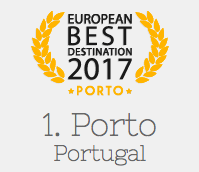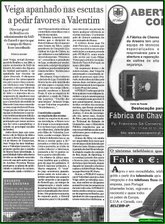Located along the Douro river estuary in Northern Portugal, Porto is one of the oldest European centres, and its historical core was proclaimed a World Heritage Site by UNESCO in 1996. The western part of its urban area extends to the coastline of the Atlantic Ocean. Its settlement dates back many centuries, when it was an outpost of the Roman Empire. Its Latin name, Portus Cale, has been referred to as the origin of the name "Portugal", based on transliteration and oral evolution from Latin. In Portuguese the name of the city is spelled with a definite article ("o Porto"; English: the port). Consequently, its English name evolved from a misinterpretation of the oral pronunciation and referred to as Oporto in modern literature and by many speakers.
One of Portugal's internationally famous exports, port wine, is named for Porto, since the metropolitan area, and in particular the adegas of Vila Nova de Gaia, were responsible for the production and export of the fortified wine.In 2014, Porto was elected The Best European Destination by the Best European Destinations Agency.































.jpg)







































.jpg)









0 comentários:
Enviar um comentário